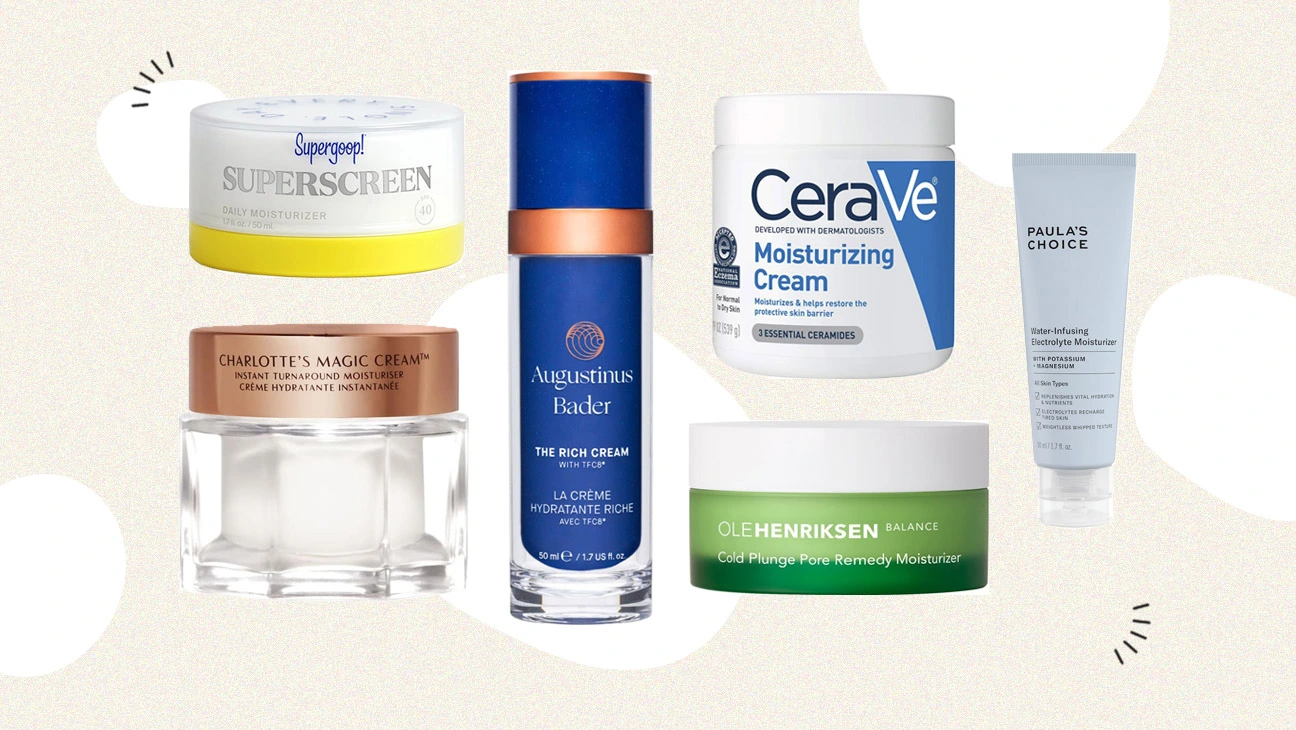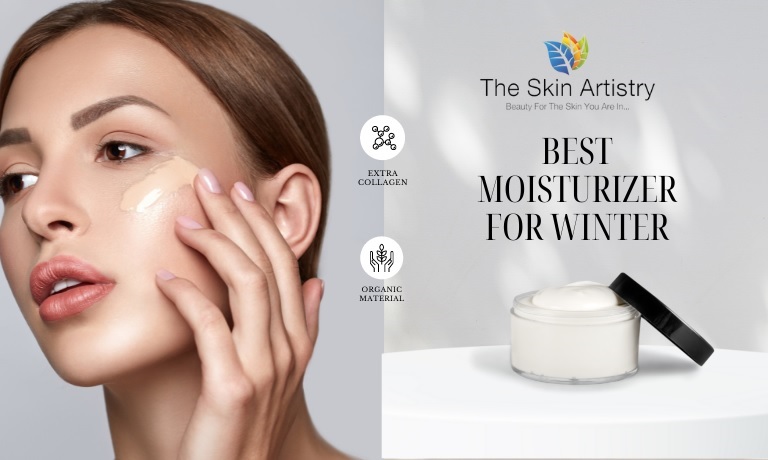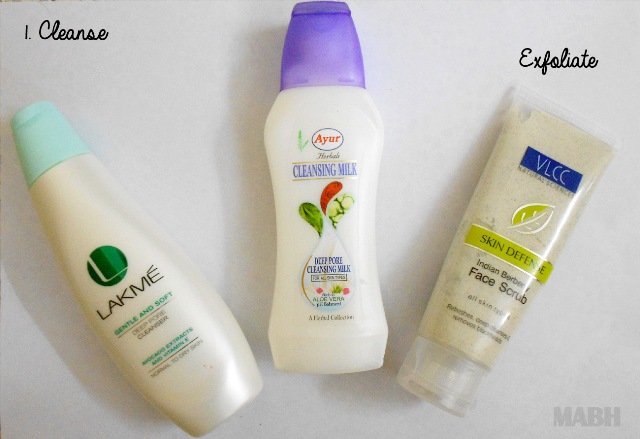Winter weather can be harsh on the skin, with low humidity, cold temperatures, and dry indoor heating all contributing to dry, dull, and flaky skin. Moisturization is an essential part of the winter skincare routine, helping to protect the skin’s natural barrier and keep it soft, supple, and hydrated. Here’s a detailed article on winter moisturization, including tips on how to choose the right moisturizer and how to use it effectively.
Why Moisturization is Important in Winter:
During the winter months, the cold, dry air can cause the skin to lose moisture and become dry, itchy, and irritated. Without proper moisturization, the skin’s natural barrier can become compromised, making it more susceptible to environmental irritants, infections, and signs of aging. Moisturization helps to restore the skin’s natural moisture balance and protect it from damage, leaving it soft, smooth, and healthy-looking.
Choosing the Right Moisturizer for Winter:
There are many different types of moisturizers available, each with its own benefits and drawbacks. When choosing a moisturizer for winter, consider the following factors:
- Look for ingredients that help to hydrate the skin: Ingredients like hyaluronic acid, glycerin, and urea can help to attract and retain moisture in the skin, keeping it hydrated and plump.
- Choose a heavier texture: During the winter, the skin needs a more intensive moisturizer to combat dryness. Look for creams or ointments that are heavier in texture than lotions, which are better suited for summer.
- Consider ingredients that help to soothe the skin: Ingredients like aloe vera, chamomile, and oatmeal can help to soothe and calm the skin, reducing irritation and redness.
- Avoid fragrances and harsh chemicals: Fragrances and harsh chemicals can irritate the skin, making it more prone to dryness and sensitivity. Look for fragrance-free and non-irritating formulas.

Using Moisturizer Effectively in Winter:
Once you have chosen the right moisturizer, it’s important to use it effectively to get the most benefit. Here are some tips for using moisturizer in winter:
- Apply moisturizer immediately after showering or bathing: Applying moisturizer to damp skin can help to lock in moisture and prevent dryness.
- Use a humidifier: Indoor heating can be very drying, so consider using a humidifier to add moisture to the air.
- Apply moisturizer throughout the day: In addition to using moisturizer in the morning and evening, consider applying it throughout the day as needed, especially to dry or sensitive areas.
- Protect your skin from the elements: Wear gloves, scarves, and hats to protect your skin from the cold, wind, and sun.
Winter moisturization is an essential part of the winter skincare routine, helping to protect the skin’s natural barrier and keep it soft, supple, and hydrated. By choosing the right moisturizer and using it effectively, you can keep your skin healthy and radiant all winter long.



